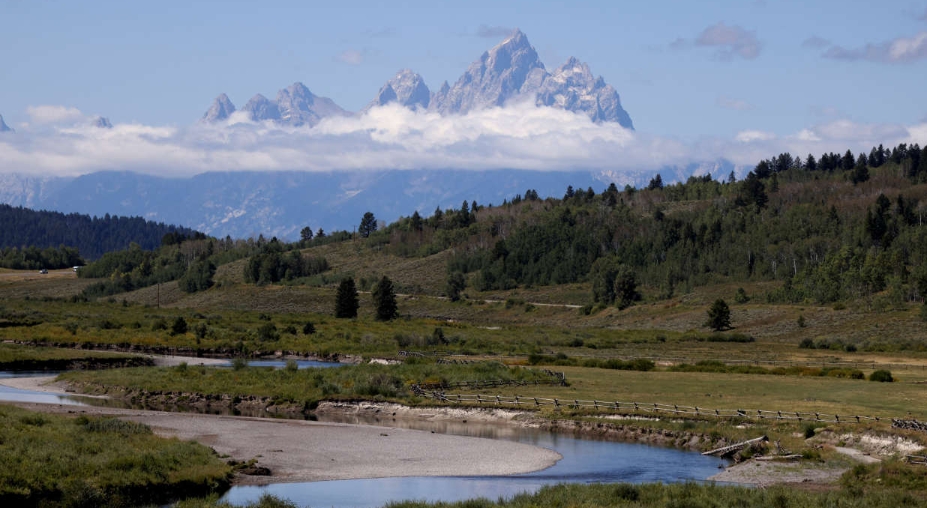Plants are climbing mountains faster than expected in North America

A new study has uncovered that mountain vegetation is shifting to cooler altitudes to cope with global warming. The adaptation is occurring at a faster rate than previously anticipated, with some areas experiencing a climb of up to 112 meters per decade, spanning from Mexico to Canada.
It’s been well-established that flora and fauna can adapt to changing environments. However, a recent study published in Plos Climate reveals that mountain plants in western North America are evolving at a faster rate than previously believed, growing at higher and colder altitudes in response to global warming. This adaptation is crucial for their survival in a changing climate.
According to New Scientist, there are some areas where the vegetation growth is not keeping up with the increasing temperatures caused by global warming. In order to investigate this phenomenon, the researchers analyzed satellite images of nine mountain ranges across North America taken between 1984 and 2011. James Kellner from Brown University, the lead author of the study, emphasized that this was a vast region of the world.
The study found that, on average, plants are moving to higher elevations at a rate of 67 meters every decade, which is more than four times faster than previously reported. The study also notes that in some regions, this rate is not keeping pace with rising temperatures. In certain areas such as New Mexico, this rate can reach up to 112 meters per decade.
Increasing temperatures as a shared element
There are several factors that can explain this phenomenon, such as changes in rainfall, agriculture practices, livestock grazing, and fires. However, James Kellner believes that the common factor for this evolution in different mountain ranges is the rise in temperatures. Kellner says:
“It is difficult to explain this evolution other than by a phenomenon that would be at work at the same time in nine mountain ranges, between Mexico and Canada.”
The impact of climate change on rainfall and its timing may vary across the study area.
Sabine Rumpf, a researcher from the University of Basel in Switzerland who was not involved in the study, acknowledges that the study’s use of a nearly thirty-year period is a strength. However, she notes that the observations do not provide information on the individual behavior of plant species. She also warns that the findings should raise awareness about the migration of certain plant species.